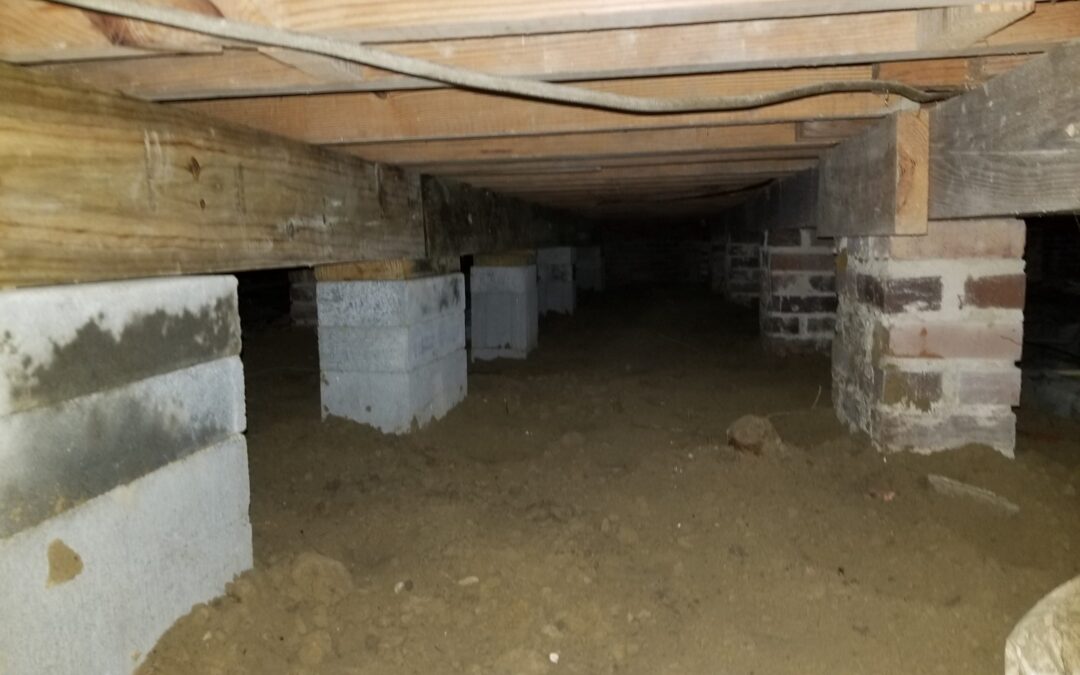Cracks in the foundation of your home can be truly detrimental. It can make the building unsafe to inhabit and repairs can cost thousands of dollars. Catching them early can reduce the cost of repair – here are some signs of what to look for.
Types of Cracks
- Stair-step – These types of cracks look like a set of stairs, working their way down the wall. This is the worst kind of foundation crack, so if you see these in your basement wall, call a professional right away. They cause the mortar to fall out between the cement blocks and usually begin at the end of a wall or at a joint in the wall.
- Diagonal – These types of cracks are not as bad as stair-step cracks but if left unresolved, they can develop into bigger problems. Diagonal cracks can be caused by differential settlement and they run diagonally across the wall, anywhere from a 30-degree angle to a 70-degree angle.
- Horizontal – If you see horizontal cracks in the wall of your basement, it is a sign of a significant foundational issue. They usually appear halfway up the wall, but any horizontal crack can be problematic. It can cause the wall to bow inward, and eventually collapse if left untreated. Contact the certified foundation contractors at Tidewater Home Improvement to fix this issue.
- Vertical – These cracks are usually not a sign for alarm. They are common and generally not an issue for foundations. Caused by rainwater putting pressure on the foundation, you can fix them by sealing the crack with a water-resistant epoxy. If you are unsure, contact a professional.
Causes for Cracks
- Drainage – if you have poor drainage around your home, this can cause cracking in your foundation as water builds up around the outside, adding pressure
- Temperature – extreme changes in temperatures can also cause cracking in the foundation as materials expand and contract.
- Soil – the amount of moisture in the soil around your home can also be a factor in foundation cracking. Soil that is too wet may be heavy or expand a lot. Soil that is really dry might move or contract away from the foundation.
- Frost – while frost generally happens above ground, occasionally conditions are right for a frost heave. In these situations, ice forms below ground and causes soil to swell upward, as the ice travels upward toward the surface. As the ice pushes, it can also push against the foundation of a building, causing cracks and instability.
- Flooding – if your home experiences flooding, of any kind, that can also cause foundation cracks. Even small floods can impact your foundation because the weight of the water is pushing on the walls.
- Earthquakes – even small earthquakes can be the cause behind foundational issues. If you know an earthquake has occurred (sometimes they are so small we don’t even feel them), take a quick peek in your basement to see if any shifting has occurred.
- Human causes – people can also be the cause behind foundation cracks, whether we realize it or not. Some common causes are poor construction, backfilling too much – which means overfilling a hole, or vehicular accidents such as impact from heavy machinery (i.e. the backhoe driver accidentally bumped into the foundation during construction).
Taking note of the condition of your foundation is important because most types of cracking are not a good sign. If you check your foundation every so often, you can catch the problem before it gets bigger and more costly. Ignoring cracks in the foundation can lead to major repairs and an unsafe home. Contact Tidewater Home Improvement today to have our team inspect your foundation.


Recent Comments